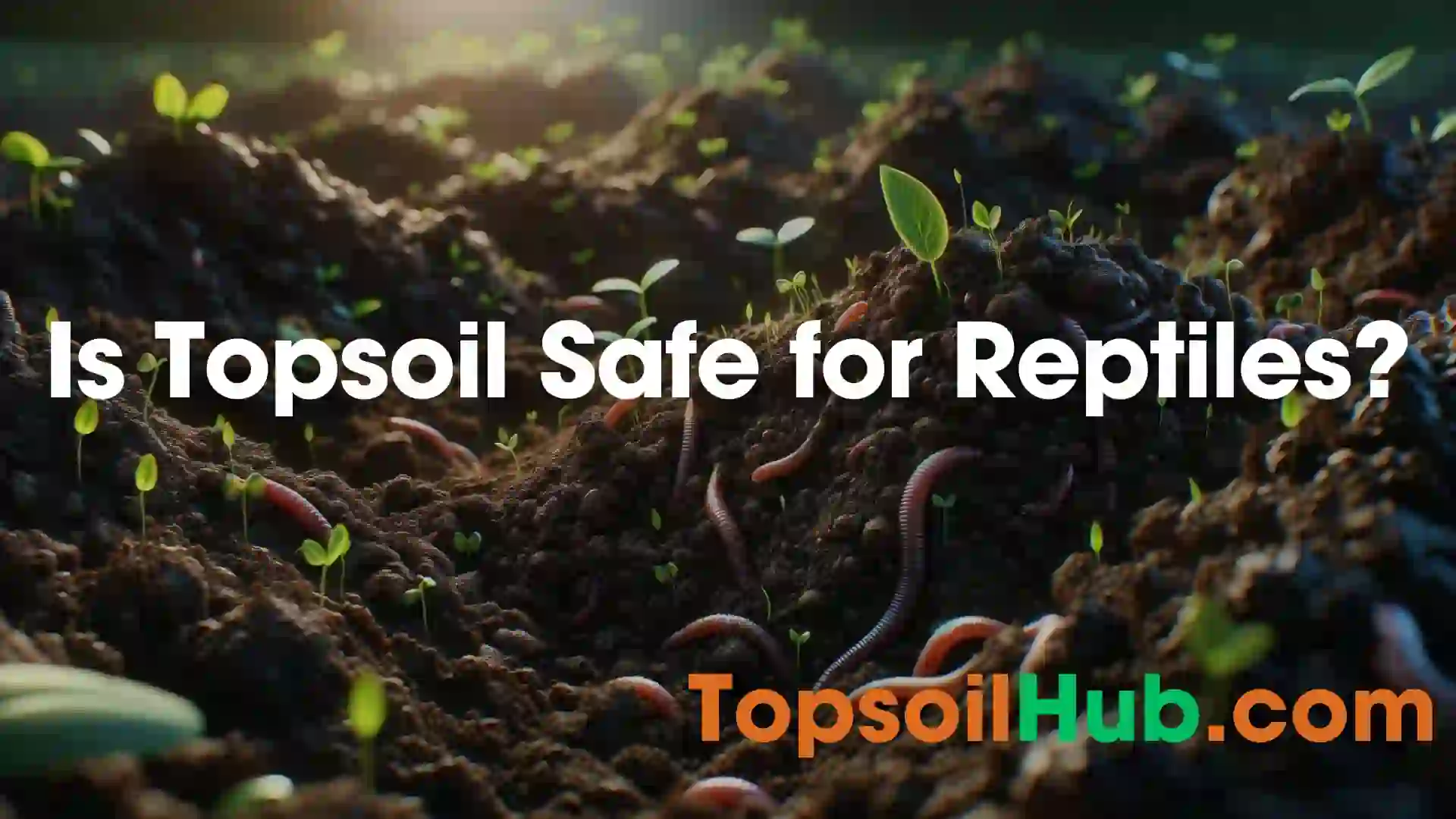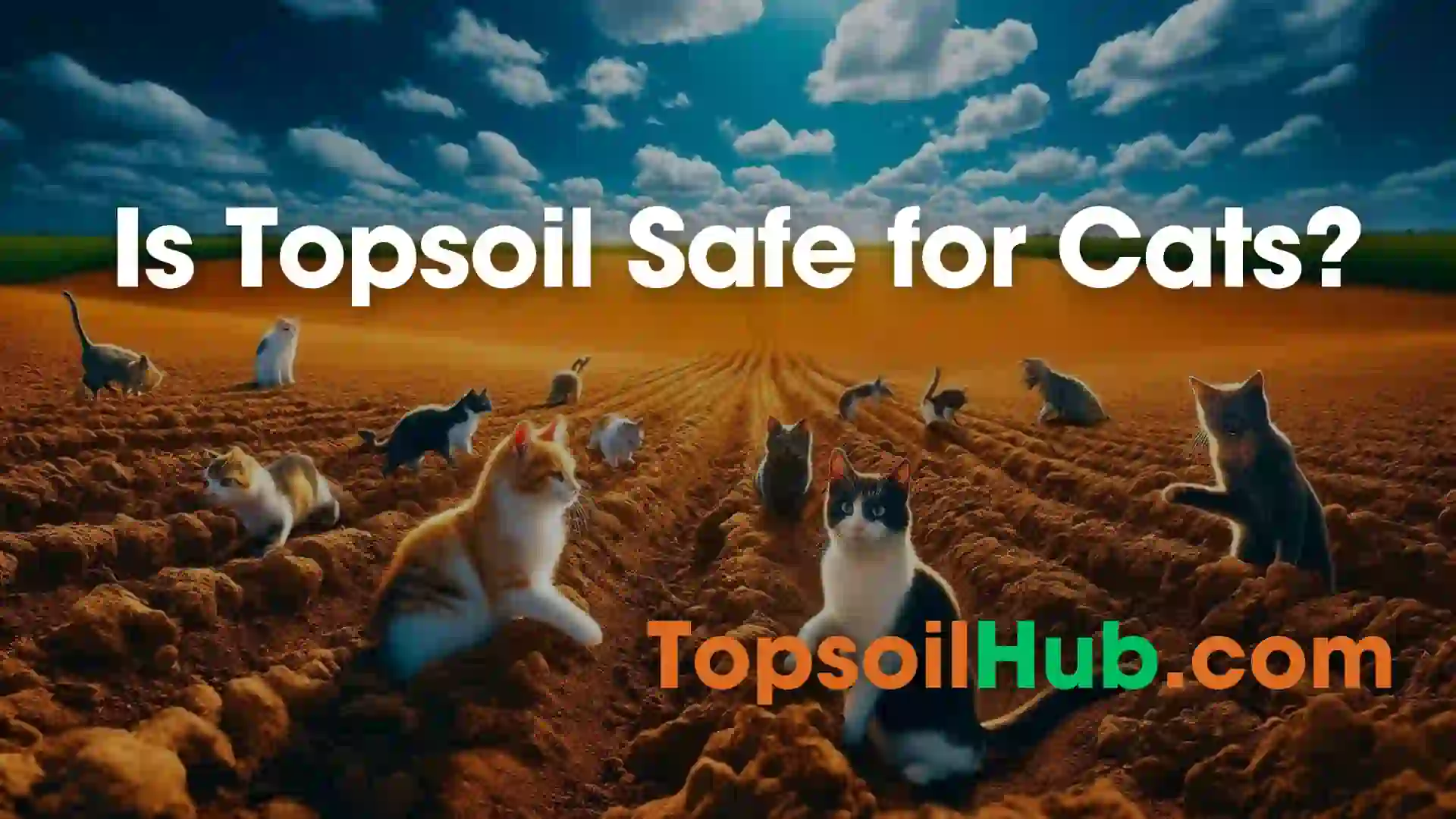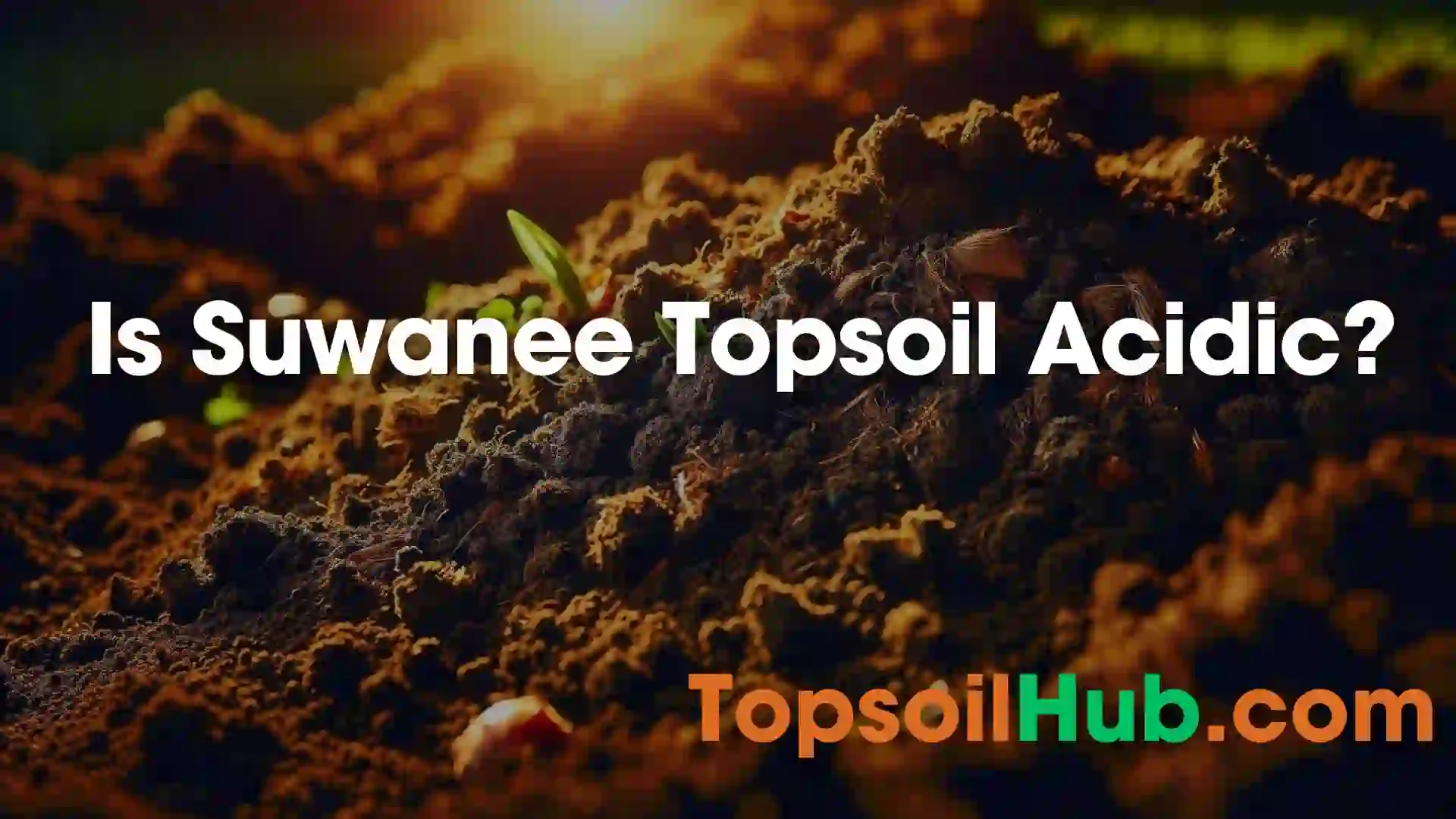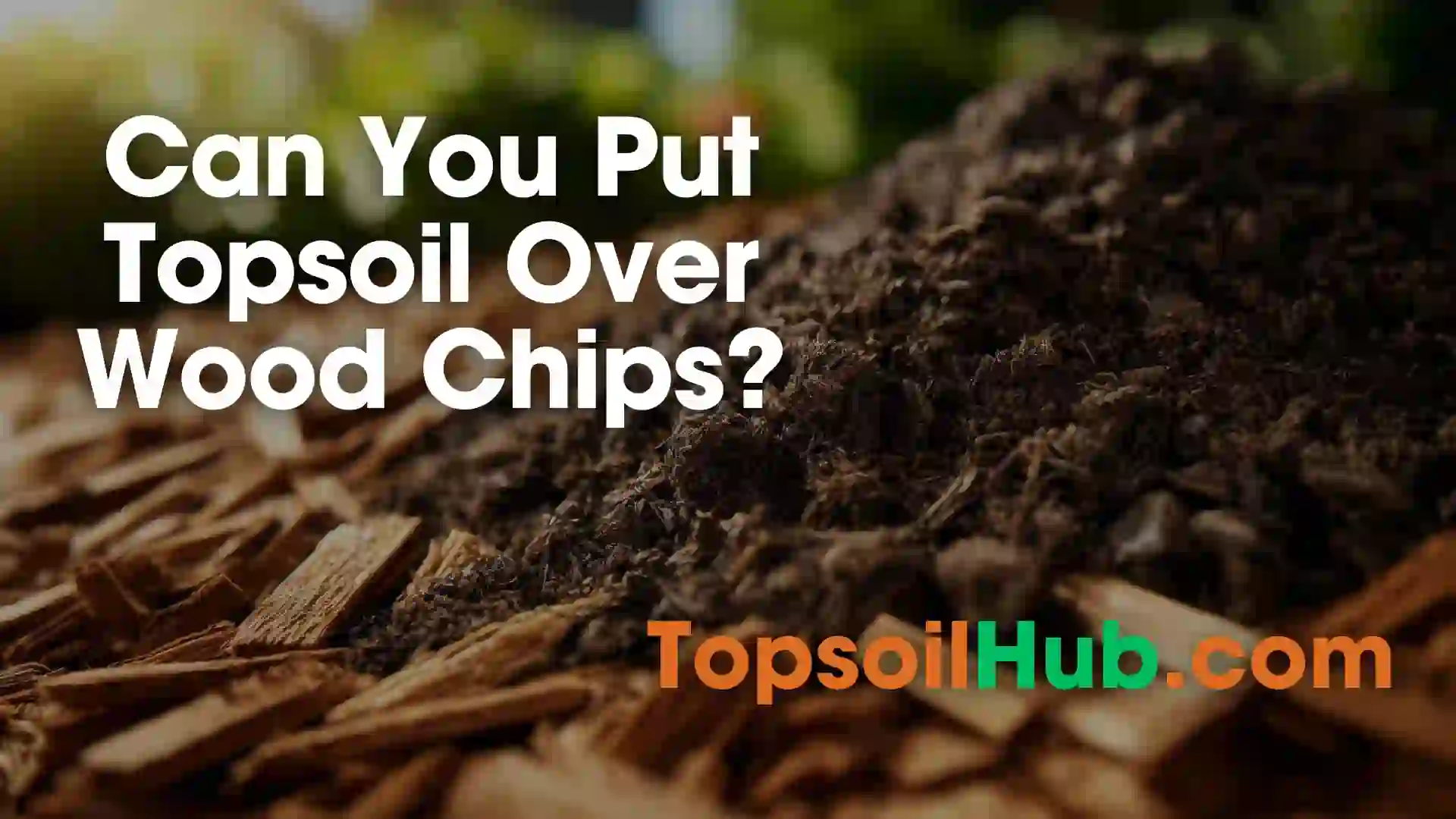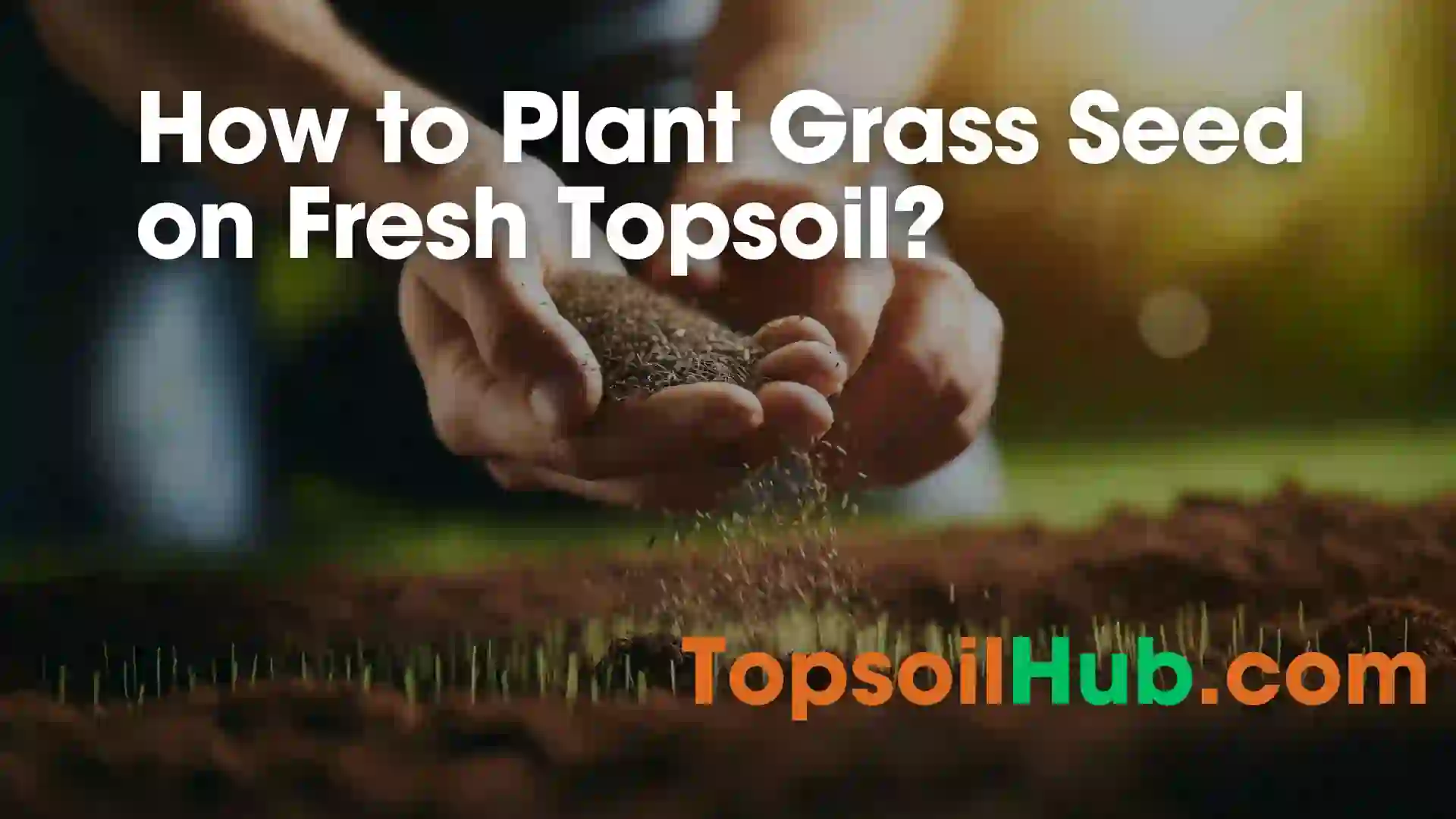Is Topsoil Safe to Play In?
Playing outside is an essential part of childhood, and for many kids, that means spending time in the dirt. However, as a parent, you may wonder if it’s safe for your child to play in topsoil. After all, topsoil is a mixture of organic and inorganic matter, and you don’t know what kind of contaminants it may contain.
In this blog post, we will answer this question and all related questions to it. Let’s get started!
Is Topsoil Safe to Play In?
The answer may depend on several factors, such as the source, quality, and quantity of topsoil you are using. If you are buying topsoil from a trusted source that has tested it for contaminants, then you can be more confident that it is safe to play in. However, if you are using topsoil from an unknown source or a contaminated area, then you should be more cautious and avoid playing in it.
To be on the safe side, you should always check the quality of your topsoil before using it for gardening or landscaping purposes. You can do this by:
- Asking the seller for a certificate of analysis that shows the results of testing for contaminants
- Sending a sample of your topsoil to a certified laboratory for testing
- Using a home testing kit that can detect some common contaminants
If you find out that your topsoil is contaminated, you should not use it for any purpose. You should also dispose of it properly and do not dump it in the soil or water.
In the next sections, we will discuss how you can protect yourself and your kids from topsoil contamination and how you can play safely in topsoil.
How to Protect Yourself and Your Kids from Topsoil Contamination
Topsoil contamination is a serious environmental and health problem that can affect you and your kids. According to the World Health Organization, exposure to contaminated soil can cause various diseases, such as cancer, skin infections, respiratory problems, and neurological disorders. Moreover, topsoil contamination can reduce crop yields, damage ecosystems, and contribute to climate change.
However, there are some ways that you can protect yourself and your kids from topsoil contamination. Here are some tips:
- Wash your hands and your kids’ hands with soap and water before and after playing in the dirt or touching animals.
- Wear gloves and a mask when working with soil or compost.
- Avoid eating or drinking anything that has been in contact with soil or compost.
- Keep your pets away from soil or compost and clean their litter boxes regularly.
- Test your soil for metals, chemicals, or microorganisms before using it for gardening or landscaping.
- Use organic or natural alternatives to pesticides, herbicides, or fertilizers.
- Dispose of hazardous waste properly and do not dump it in the soil or water.
Tips for Playing Safely in Topsoil
Now that you know the dangers of topsoil contamination, here are some tips to play safely in topsoil:
- Wear gloves, masks, goggles, and protective clothing when handling or working with topsoil.
- Wash your hands thoroughly with soap and water after playing or touching topsoil.
- Avoid eating or drinking anything while playing or working with topsoil.
- Keep children and pets away from areas where topsoil is being applied or disturbed.
- Do not use topsoil from unknown sources or contaminated areas.
- Test your topsoil for toxic metals, chemicals, and pathogens before using it for gardening or landscaping.
- Amend your topsoil with organic matter such as compost, manure, or mulch to improve its quality and reduce its toxicity.
- Cover your topsoil with mulch, grass, or plants to prevent erosion and dust.
How to Test Your Topsoil
To ensure your topsoil is safe to play in, you should test it for contaminants before using it. You can send a sample to a lab for analysis, or you can use a home testing kit that you can buy online or at a garden center. You can also check the quality of your topsoil by looking at its color, texture, and smell.
According to The Spruce, dark, crumbly, and earthy topsoil usually has rich organic matter and nutrients. Light, sandy, or clayey topsoil may have poor drainage and aeration. Sour or rotten-smelling topsoil may have too much acidity or moisture.
How to Supervise Your Child
Another thing to keep in mind is your child’s behavior when playing in topsoil. Children tend to put things in their mouths, so it’s crucial to supervise them closely and ensure they don’t ingest the topsoil. Also, make sure your child washes their hands thoroughly after playing outside. You should also avoid letting your child play in topsoil that is near roads, factories, farms, or landfills, as these areas may have higher levels of pollution.
Alternatives to Topsoil
If you don’t have access to safe topsoil or you want to try something different, you can use other materials for playing outside. For example, you can create a sandbox with clean sand and a cover to keep out animals and insects.
You can also use mulch made from wood chips or bark to create a soft and natural surface for playing. You can also install artificial turf that is designed for children’s play areas. These materials are easy to maintain and can provide hours of fun for your kids.
Conclusion
In conclusion, topsoil can be safe for kids to play in if proper precautions are taken. Test topsoil for contaminants, supervise play and teach good hygiene. With quality soil and sensible supervision, kids can enjoy the developmental benefits of outdoor play. Beyond these practical steps, let’s also not forget to give our kids room to explore, use their imaginations, and make childhood memories.
A little dirt never hurts anyone, but do ensure proper safety measures are in place first. Then, let your kids’ creativity run wild in the great outdoors! With reasonable caretaking, the joys and learning of hands-on outdoor play can be experienced safely.


